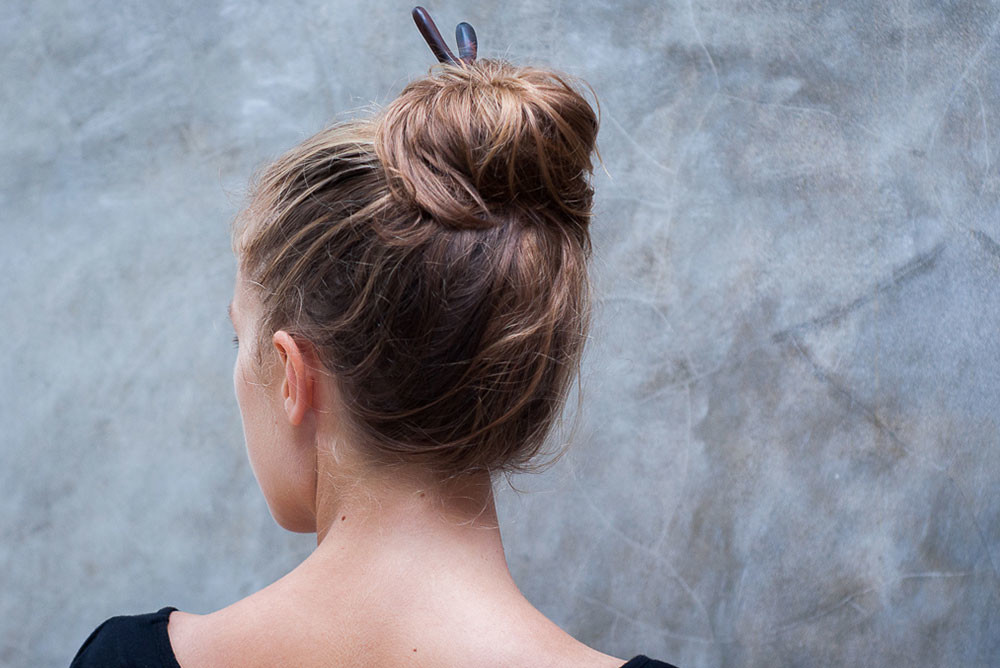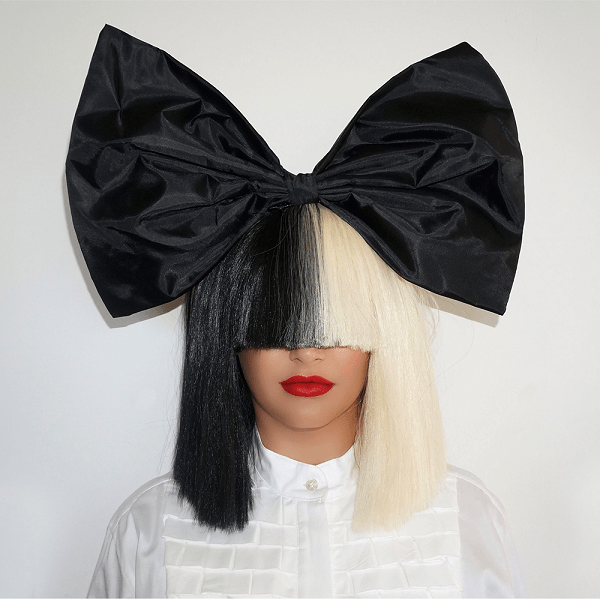
Wigs continue to ride the wave top ten hair and beauty trends that absolutely you must try. Wigs have been around for hundreds of years, but in today’s world, women are relishing the versatility and dynamically chic stylings these accessories can deliver.
Today, there are many different ways to style your wig to suit the occasion and your budget. Knowing the types of wigs available on the market will help you to understand which fashion of hair is the best fit for your needs.
Let’s take a look at the four different types of wigs you might consider to get the look you so desperately crave.
Lace Front Wigs
Lace frontal or lace front wigs as they are commonly known are a favorite among wignistas. They offer an invisible, natural hairline that you cannot achieve with most full wigs or wig closure options. These wigs are generally light in weight and virtually undetectable with proper application.
They get their name from the small, sheer lace panel that lay along the front of the wig piece which joins with the hair. Hair is hand sewn into the holes of the lace to create a hairline. You can customize the width of the lace or leave as is by putting it flat from temple to temple with an adhesive. The lace blends in well with a few manipulations of wisps from the wig itself.
Bleached Lace Frontal
These wigs typically contain a closure, limiting the actual location of where your part can be on the front of your head. Behind the lace front, tracks of hair are sewn into place row after row and ear to ear. These wigs are cheaper than full lace wigs or monofilament wigs.
Lace front wigs are easier and faster to install than a full lace wig. However, be aware that there is a significant risk for damaging the lace of the wig with excessive glue or tape use. Take care to remove excess glue or tape after each wear. This practice will enable you to extend the life of this wig.
Full Lace Wigs
The distinguishing characteristic that separates a lace front wig from a full lace wig is its base. Full lace wigs use a lace cap that covers your entire head with 100 percent human hair that is knotted by hand. You can part these wigs anywhere you choose, add a few braids, or rock a top knot ponytail. These wigs allow for versatility than your standard lace front wig which enables you to rock a more natural look.
Installation of full lace wigs takes place using the preferred method of cornrows to help lay hair flat. The finer or thinner your cornrows, the flatter your lace wig will lay. Wig clips or glue may be useful in securing your unit. One of the cons of wearing full lace wigs is the time it takes to install them for beginners. However, the good news is that with practice, you can rapidly increase your skill.
Full lace wigs are affordable and are a better choice than traditional wig options. They are lightweight and are available in varying lengths and textures. Lace wigs are fantastic options for women who enjoy wearing this hair like an accessory, but it is also a viable, natural-looking piece for women who are experiencing androgenetic alopecia or hair loss associated with a medical condition or chemotherapy treatments.
Monofilament Wigs
Monofilament wigs look and feel like real natural hair. These wigs are hand-stitched or tied into a mesh, but transparent material (monofilament) into the top portion of the cap that allows for a natural scalp color to show through to observers.
Monofilament wigs receive high marks because they are durable, look real and mimic the movement of real hair thanks in part to the hand-knotting process. These wigs use human or synthetic hair and allow you to brush the hair in any direction you choose.
Due to the intricate detail of these wigs, they can be a bit more costly, but some wignistas would agree that the price is reflective of the wig’s quality.

